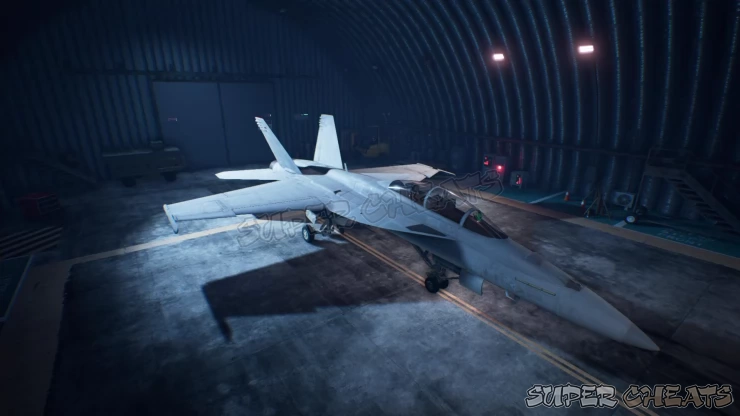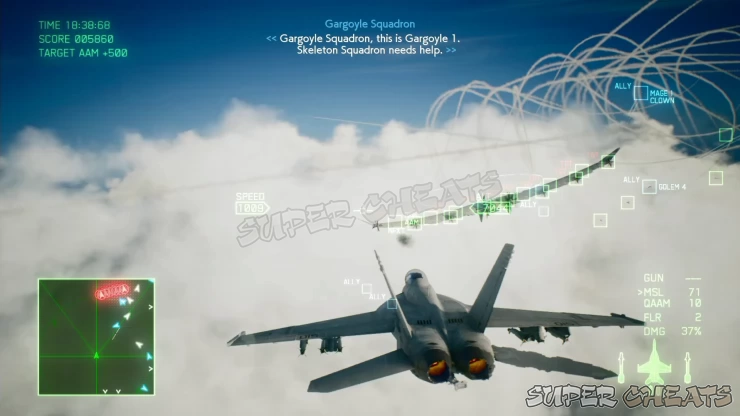What plane to choose for a mission?
The game’s aircraft are divided to three categories: Attacker, Fighter, and Multirole.
Attacker
These aircraft specialize in engaging ground and naval targets. They usually boast high stability and durability, allowing them to fly steady and low to deliver destruction up close. Their slow speed and mobility makes them vulnerable to enemy fighters so their use can be very limited.

Fighters
These aircrafts are effective against aerial targets. Boasting high mobility and speed, they’re perfect dogfighting machines. Equipping air-to-air SP weapons gives them even more lethality in the skies. They usually have low stability which will cause them to stall quickly if their speed drops below the recommended cruising speed or even feel “wonky” when trying to get close to the ground to do some air-to-ground attack runs.

Multirole
The intermediary aircraft type that’s designed to engage any type of target. They usually have good balanced parameters, making them ideal for a majority of missions types. Multirole aircraft are very versatile and can respond effectively to any threat. A good and careful selection of parts can tip the scale to turn it into a fighter or attacker, with the weaknesses of those two types practically covered.

Selecting the right plane for the mission will increase your effectiveness and success rate. The briefings before starting new missions will often give you the necessary details what you’re up against but nothing will prepare you for some surprises along the way. The good thing about the game’s missions are you can keep try them over and over again (and still earn MRP in the process) until you get hold of the proper attack runs and patterns. You will also be able to use more advanced aircraft later on to tackle earlier missions that you have problems completing in rank S. That said, during this process of trial-and-error in the campaign missions, multiroles are very reliable in almost all missions.


Anything missing from this guide?
ASK A QUESTION for Ace Combat 7: Skies Unknown
Comments for What plane to choose for a mission?
Add a comment
Please log in above or sign up for free to post comments- Basics - Features
- Basics - Game Mechanics
- Basics - Multiplayer
- Campaign
- Assault Records
- Extras
 Join us on Discord
Join us on Discord
